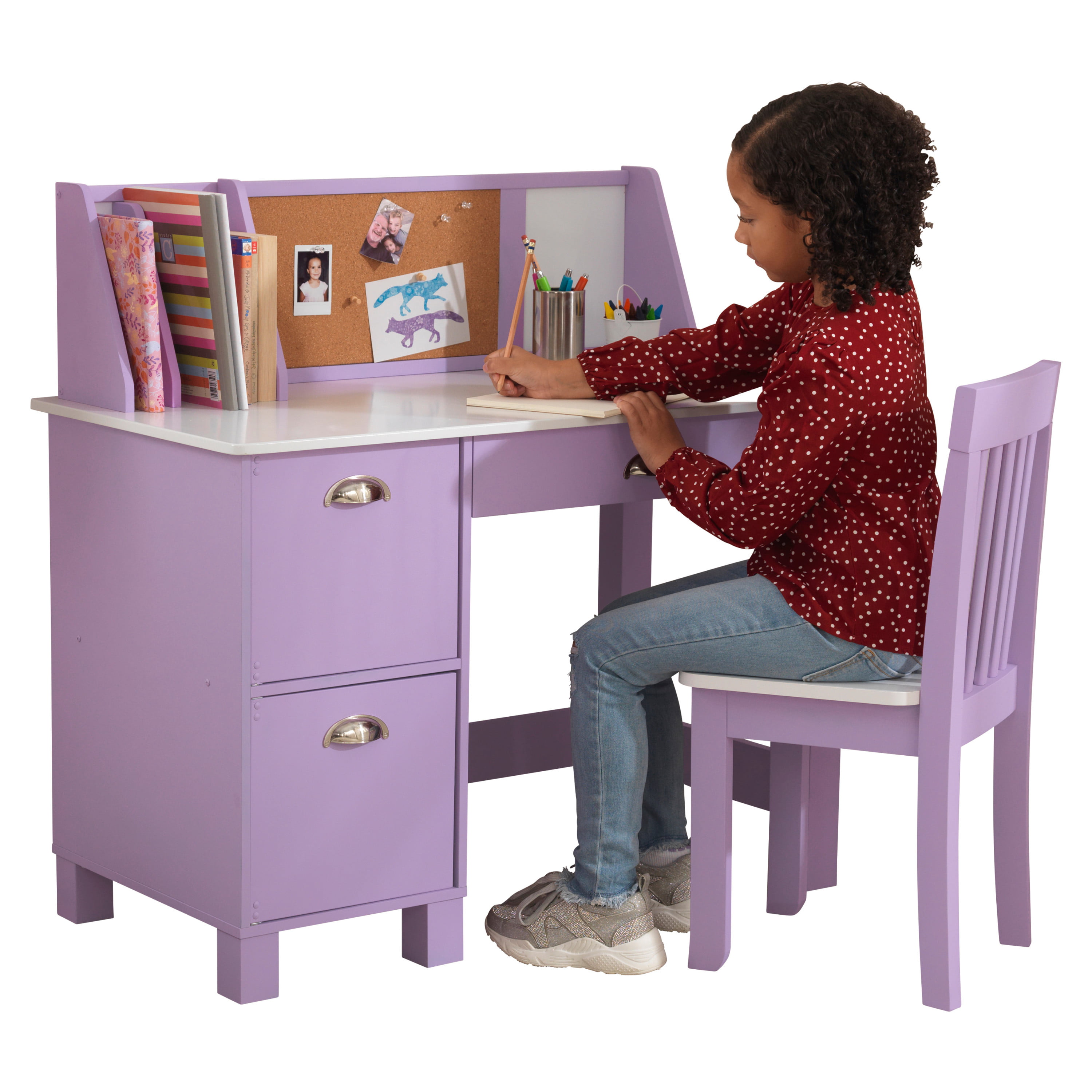Ergonomics and Design of Study Desks and Chairs: Study Desk And Chair

The proper design of study desks and chairs is paramount for maintaining good posture, preventing discomfort, and ultimately boosting productivity. A thoughtfully designed workspace contributes significantly to overall well-being, impacting both physical and mental health. This section delves into the ergonomic considerations and design aesthetics of study furniture, comparing traditional and modern styles, and offering a glimpse into a novel design concept.
Ideal Ergonomic Features of Study Desks and Chairs
Optimal posture and comfort are achieved through careful consideration of several key ergonomic factors. The seat height of the chair should allow for feet to rest flat on the floor, with knees bent at a 90-degree angle. Adequate lumbar support is crucial for maintaining the natural curvature of the spine, preventing back strain. Adjustable armrests, if present, should allow for the elbows to rest comfortably at a 90-degree angle when typing or writing. The desk height should be such that the forearms are parallel to the floor while typing, minimizing strain on the shoulders and neck. A properly adjusted workspace minimizes the risk of musculoskeletal issues and promotes long-term comfort.
Comparison of Traditional and Modern Study Desk and Chair Designs
Traditional study desks and chairs often feature ornate designs, solid wood construction, and a more formal aesthetic. Advantages include durability and a timeless appeal. However, they may lack adjustability and ergonomic features, potentially leading to discomfort during prolonged use. Modern, minimalist designs prioritize functionality and clean lines. Advantages include adjustability, space-saving designs, and often incorporate ergonomic features. Disadvantages can include a perceived lack of warmth or character, and potentially lower durability depending on the materials used. The choice between these styles depends on individual preferences and priorities.
Comparison of Study Desk and Chair Sets
The following table compares four different study desk and chair sets, highlighting their materials, features, and price ranges.
| Product Name | Material | Key Features | Price Range |
|---|---|---|---|
| Classic Oak Desk & Chair Set | Solid Oak Wood | Traditional design, sturdy construction, no adjustability | $500 – $1000 |
| Modern Adjustable Desk & Chair | Steel frame, mesh back chair | Height-adjustable desk and chair, lumbar support, breathable mesh back | $700 – $1500 |
| Minimalist Bamboo Desk & Chair | Bamboo, sustainable materials | Simple design, lightweight, eco-friendly | $300 – $600 |
| Ergonomic Gaming Desk & Chair | Steel and MDF, PU Leather | Height adjustable, full lumbar support, adjustable armrests, wide desktop | $800 – $2000 |
Design of a New Study Desk and Chair Set
This new design, tentatively named “The Flow,” prioritizes both ergonomics and aesthetic appeal. The desk is crafted from sustainably sourced bamboo, known for its strength and natural beauty. Its surface is a smooth, light-colored bamboo, providing a clean and uncluttered workspace. The desk features a built-in cable management system and an adjustable height mechanism powered by a smooth, quiet electric motor. The chair incorporates a breathable mesh back, adjustable lumbar support, and armrests that adjust in height and width. The seat is cushioned with high-density foam, covered in a durable, stain-resistant fabric. The base is a five-star aluminum base with smooth-rolling casters for easy mobility. The overall aesthetic is minimalist and modern, with clean lines and a natural color palette. The materials are chosen for their durability, sustainability, and comfort, creating a workspace that is both functional and visually appealing. The design is informed by research into ergonomic principles, ensuring a comfortable and productive work environment.
